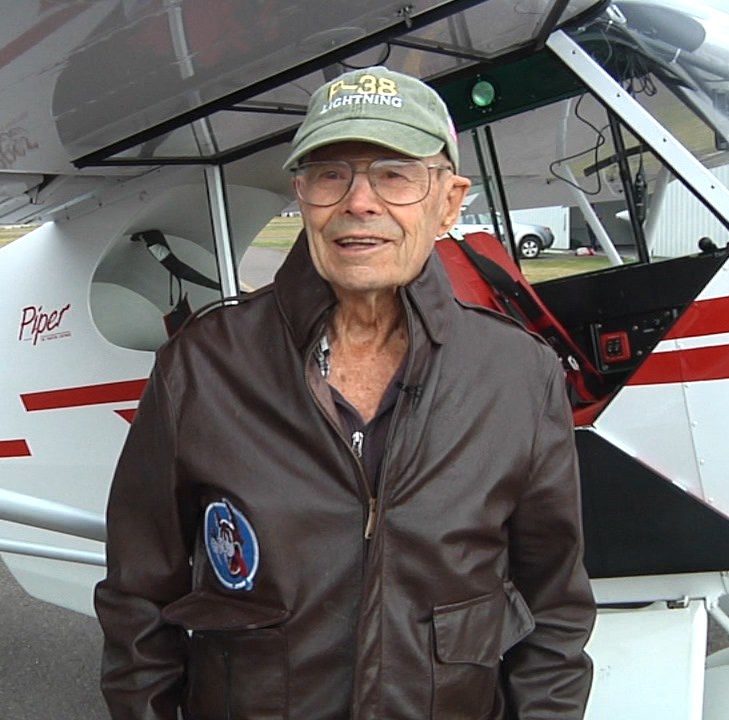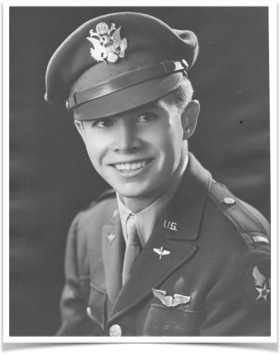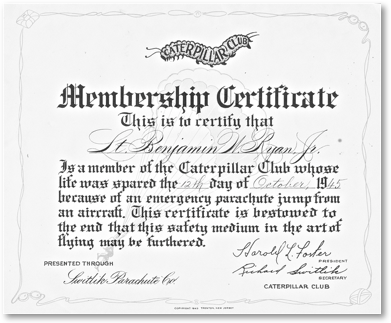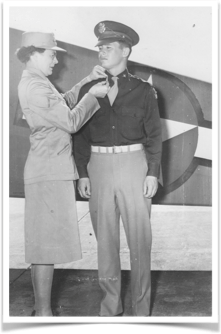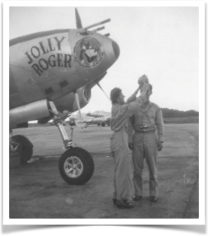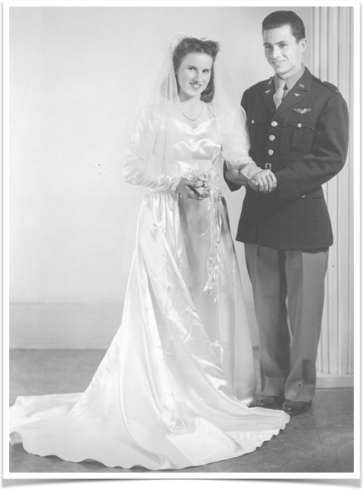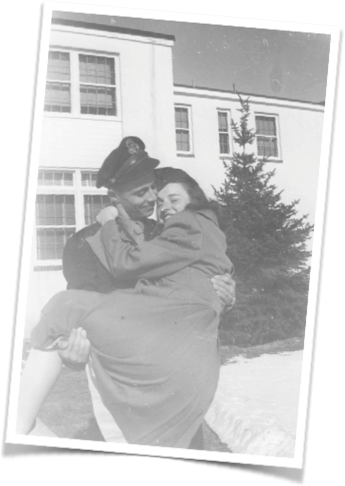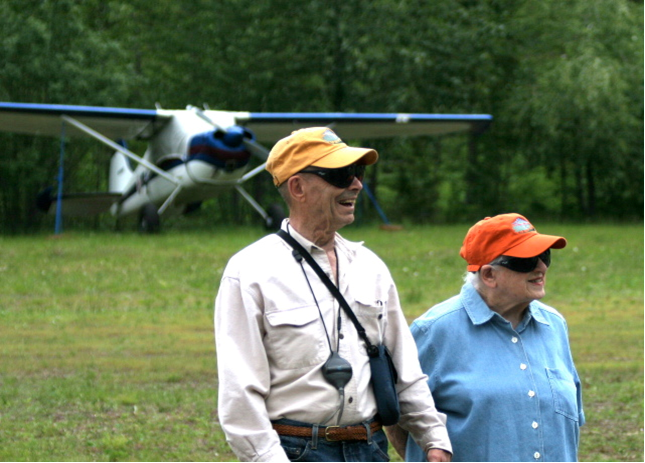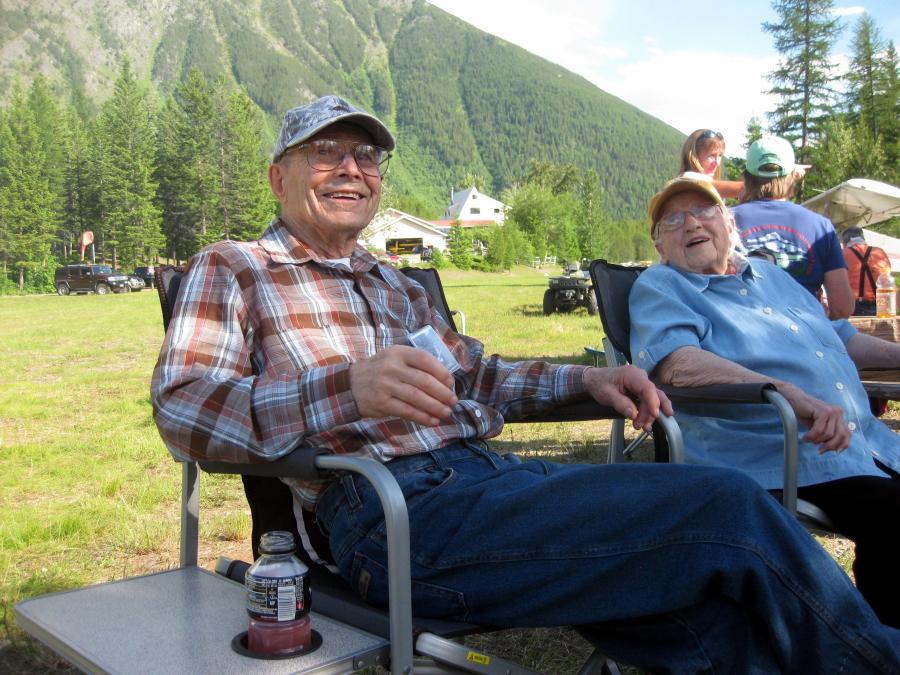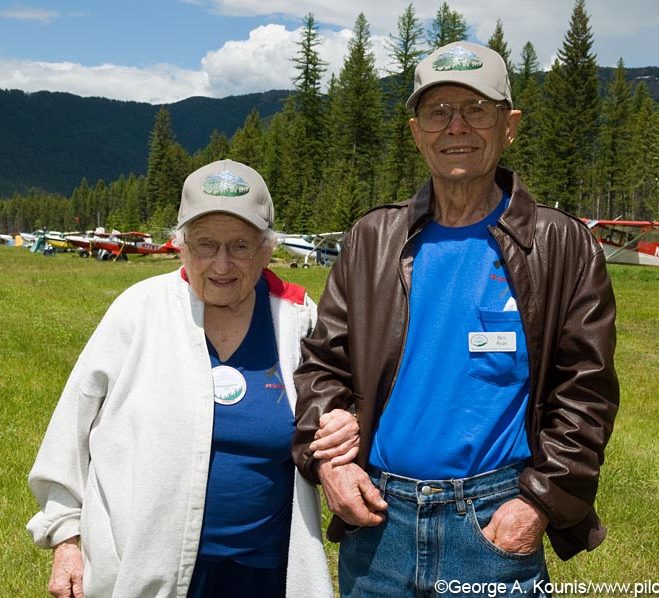Ryan Field
Freq. 122.9
Ryan Field is a private airfield owned by the RAF thanks to the generous donation of Ben and Butchie Ryan. Located about a mile southeast of West Glacier, MT, it appears on the Great Falls Sectional as 2MT1.
Prior to arrival, each pilot is required to review and acknowledge the current safety briefing, updated annually. If you are not yet an Airfield Guide user, you will need to create a free account. The RAF requires the electronic record that you received the briefing. It is valid only for the pilot making the request.
Ryan Field – as all backcountry – is for recreational enjoyment, not training. Please no touch and goes. Land, stretch your legs, have a picnic, and enjoy the area! If you'd like to pitch your tent or reserve a camping cabin, even better!
Please sign our Visitor Log in the kiosk!
2020 Ryan Barn Raising
The Ryan Barn Story
What's Available at Ryan Field?
View the Weather Station Info for onsite weather info throughout the flying season. Text A to 406-223-8069 for current transcribed info; M for METAR.
West Side of Runway
- Tie-down spots – Bring your own rope
- 24’ x 30' shelter with wood cookstove and firewood. Potable water is available during flying season. (Fire extinguisher and emergency instructions posted on wall)
- Outdoor stone BBQ with grill
- Picnic tables
- RAF fire ring, firewood
- Tent camping sites
- Horseshoe pit with shoes; Corn hole game
- Vault toilet and primitive shower enclosure
- Cabins 3 and 4, hard sided camping cabins
- Bear boxes
- No electricity on the West side
East Side of Runway
- Tie-down spots – Bring your own rope
- Cabin for volunteer Ryan Field Caretaker, on site during flying season
- Cabins 1 and 2, hard sided camping cabins
- Bear boxes
- Ryan Barn, plumbed restrooms on south side, available 24/7
- Adirondack chairs for your use
- Fire ring, firewood
Camping at Ryan Field
To preserve a backcountry environment, Ryan Field is available for airplane camping only. Vehicular, RV, and drive-in tent camping is not allowed.
This is bear country – Unless in use, all food, garbage, and personal care items must be stored in nearby steel bear boxes. Attractants cause habituated bears, a danger to humans, and lethal for the animal. Carry bear spray, and know how to use it when hiking and berry picking.
Fires – Wood in the pilot shelter is cut short for the cook stove. Use other wood for the fire ring. No other camp fires are allowed.
Garbage – You must take your garbage with you. Please pack it in, pack it out.
Cell Service – There is limited cell coverage.
Hiking trails – Maps are located in the kiosk and pilot shelter.
Courtesy Car – RAF volunteers use donations to maintain the courtesy car, available during flying season on a first-come, first-served basis. Key and sign-out book located in the Visitor Log mailbox. Please only use the car for short trips to town and return within two hours, full of gas. Due to USFS logging on the road into Ryan Field, the RAF is limiting courtesy car use to necessary short-term travel.
Ryan Camper Cabins
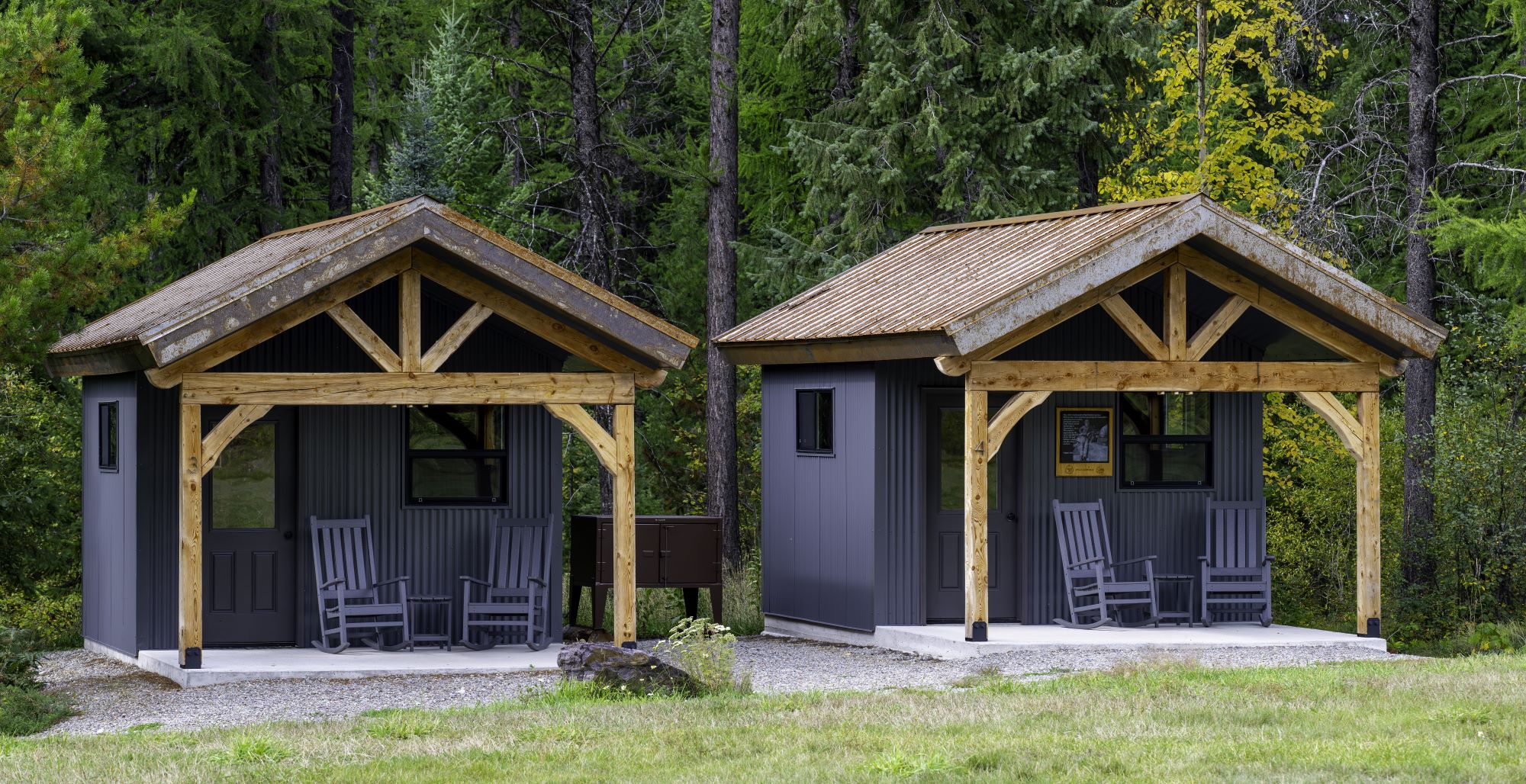

The four hard-sided camping cabins are intended for RAF Supporters flying in to Ryan Field. No drive in traffic is allowed to use the cabins or camp at Ryan Field. Become a supporter here. It’s these donations that help keep the cabins open to pilots and free to use.
Each cabin sleeps up to four, for up to three nights. Bring your sleeping pad / bag and pillow. Please don't cook or keep food in the cabins, and please pack it in, pack it out.
Below is the cabin reservation calendar. To make a reservation, please complete this form. Your reservation will not be valid until you receive a confirmation email. If you have any questions, contact ryancabins@theraf.org.
Unless prior arrangements are made, we will hold your cabin until 7:00 pm MDT after which your cabin will be given to the next person. If you're traveling with others, please reserve each cabin individually rather than as a group.
The RAF appreciates usage information, so, please sign our Visitor Log.
The RAF has significant expenses operating and maintaining Ryan Field, like property taxes, insurance, and runway care. If you enjoy your stay, please consider a tax-deductible donation to the RAF. You’ll find secure orange boxes in the pilot shelter, kiosk, and barn. You may donate by check, online, or you may use provided envelopes for cash. We appreciate it! If donations exceed needs, they will be used to further the RAF mission.
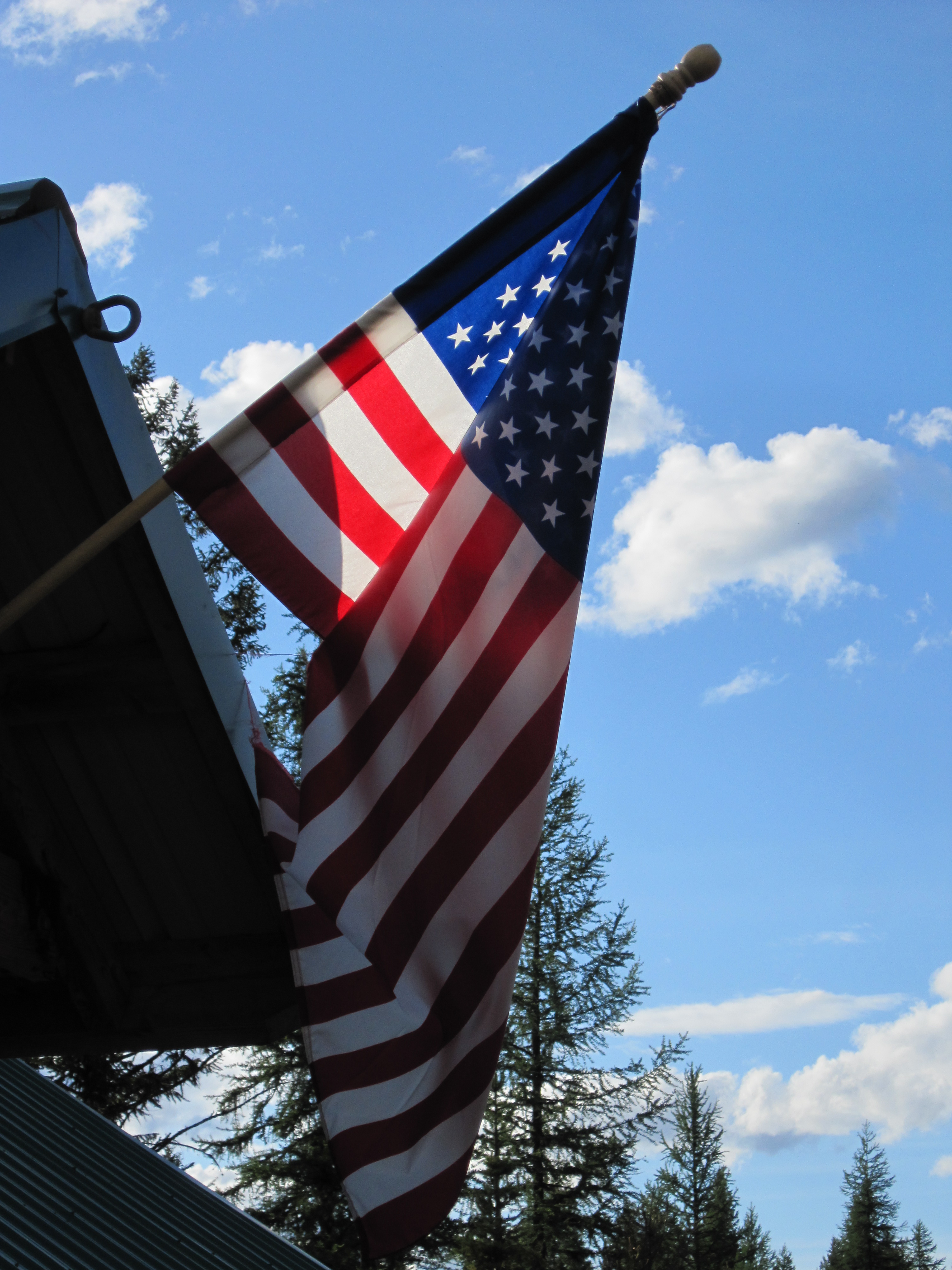
Ben Ryan Autobiography
